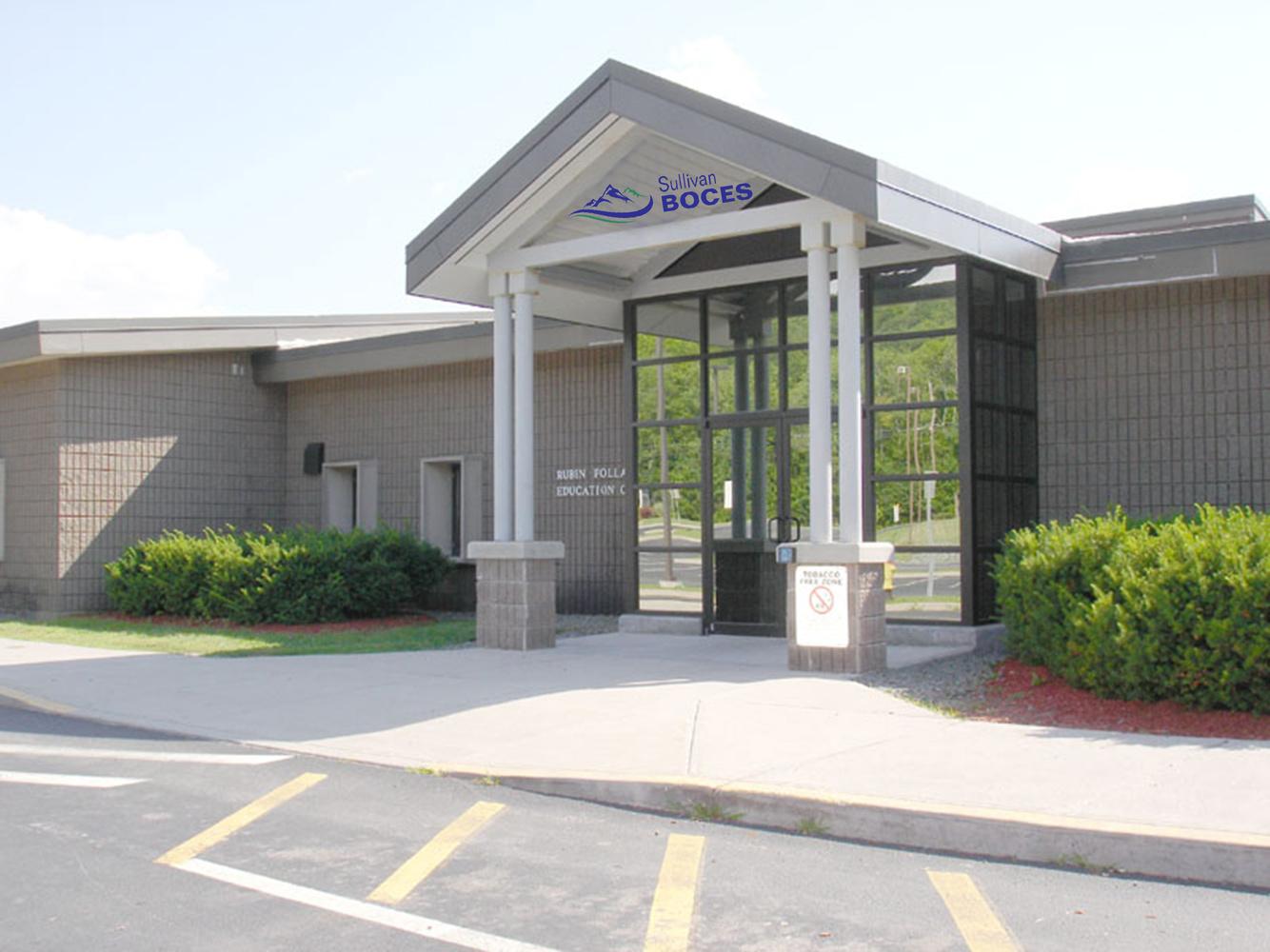






Real Food Rules
Building Bridges: Supporting Diversity, Equity and Inclusion in Schools with an Intercultural Lens
Safeguarding Our Schools’ Digital Future
Exploring New Horizons with the New Animal Science Program
Science of Reading Revolutionizes Literacy Instruction in New York Schools
Triumphs in Trade: Sullivan BOCES Students Shine at Regional SkillsUSA Competition
Celebrating Creative Brilliance: Highlights from the Scholastic Art Awards
Restorative Practices: Creating Solutions and Community
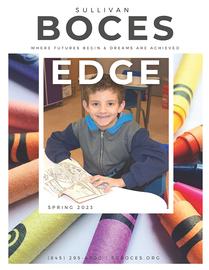
The Edge is a publication of Sullivan BOCES Communications Division

Mar 29 Good Friday (BOCES Closed)
Apr. 1 - Apr. 5 Spring Recess (No Students)
Apr 11 BOCES Annual Meeting
Apr. 16 BOCES Admin Budget Vote
May 27 Memorial Day (BOCES Closed)
Linda Berkowicz, President - Fallsburg
Linda Fisk, Vice President - Livingston Manor
Carol Bliefernich - Eldred
Susan Horton - Monticello
Carol Park - Roscoe
Jackie Rutledge - Sullivan West
Anthony Sinacore - Liberty
Keith Stryker - Tri-Valley
Simmie Williams III - At-Large
Sullivan County BOCES delivers a wide-range of instructional and management services to its eight component school districts and several other districts outside the county Our three hundred staff members collaborate with our partners to create solutions to educational challenges, increase operational efficiencies, and reduce costs We improve student success by providing quality educational experiences, helping students achieve their goals, learn skills, increase knowledge and develop a work ethic for the 21st century
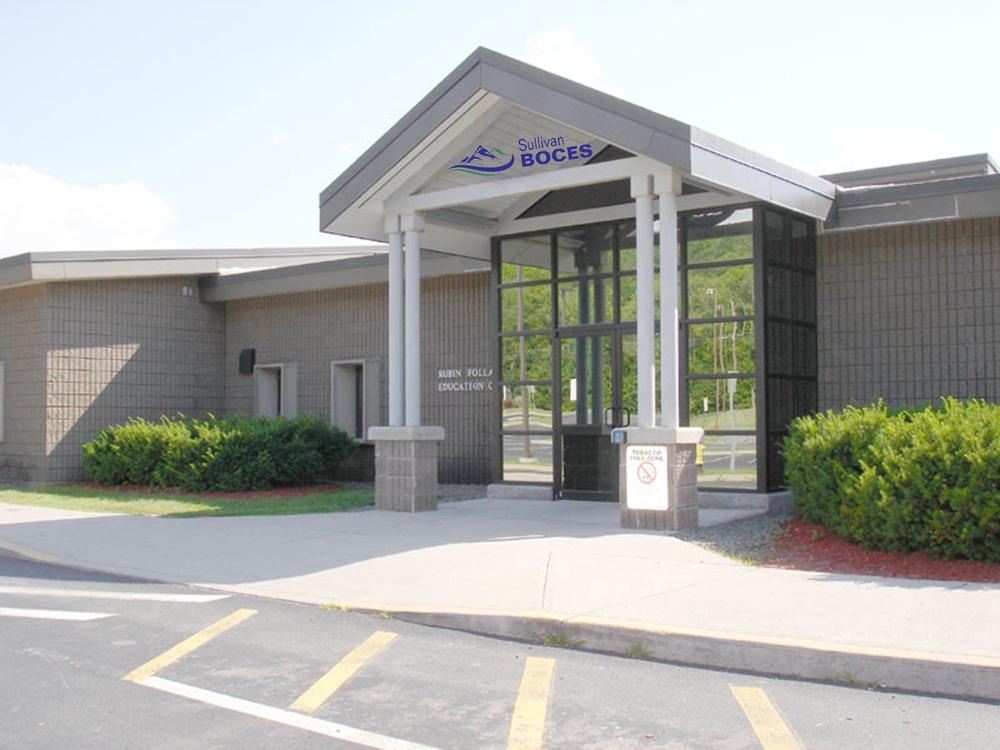

This fall, the Elementary Program at Sullivan BOCES embarked on an engaging venture called The Real Food Songwriting Program, spearheaded by teaching artists Beth and Scott Bierko The project aimed to impart valuable lessons about nutrition to the students through the creative medium of song
By discussing the nuances of healthy and processed foods and their effects on the body, the program sought to foster a deeper understanding of the importance of making nutritious choices
“Programs like this are so important As teachers, we want to teach the whole child, and helping our students distinguish between real and processed foods will lay a healthy foundation for them as they grow into adults,” said Sabrina Burton, an Elementary Teacher at Sullivan BOCES
As a culminating activity, the students actively participated in crafting song lyrics that showcased their creativity and highlighted the significance of adopting a healthy lifestyle These lyrics were then recorded and transformed into a captivating video titled “Real Food Rules ”
According to Megan Becker, Executive Principal of the Elementary Program at BOCES, “This program was so important for our students They are typically not exposed to as many real foods as we would like since processed foods are easier to access in our county ”
The students eagerly awaited the premiere of their creation, which took place on Friday, Jan 5 Everyone was so proud of the fantastic job the students did “To see our students take part in recording the song was incredible The instructors were spectacular They broke down the lessons in a way that the students could easily relate to and understand When our students viewed the video and saw themselves and what they accomplished - it was genuinely amazing,” stated Becker
Elementary Teacher Kristin Quitoni expressed how much her students learned from this experience, including the fact that they didn’t eat many real foods Now, because of this program, they understand the difference between real and processed foods
The Real Food Songwriting Program was made possible through the Siegel Trust Enriching Arts and Music, affectionately known as the STEAM fund at CFOS Additionally, A Single Bite’s educational guidance played a pivotal role in shaping the program ’ s curriculum, ensuring its effectiveness in delivering essential nutritional insights

You can view this remarkable video at https://www.youtube.com/watch?
v=CmcDL4cj334
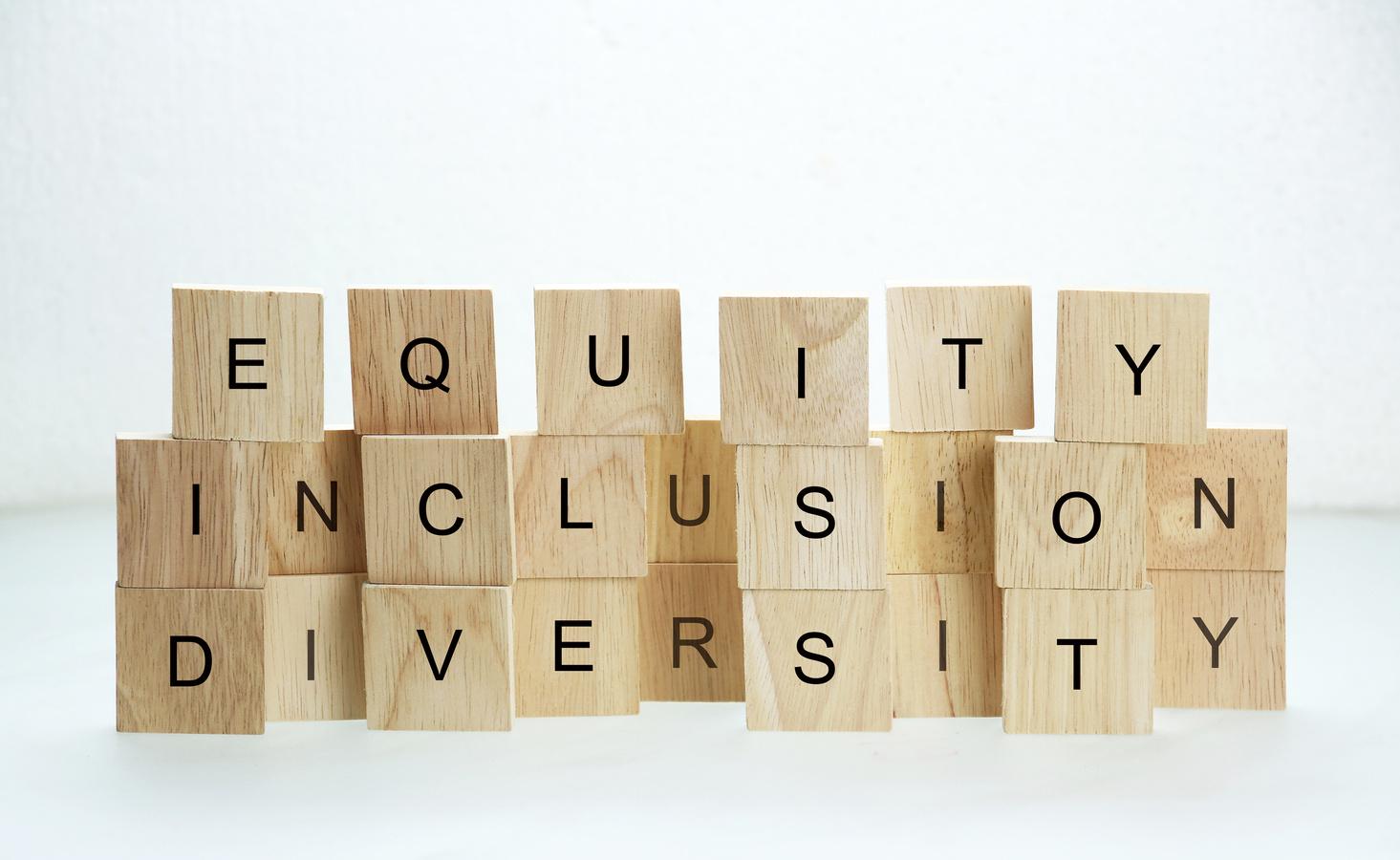
Sulllivan BOCES’ Diversity Equity and Inclusion Coser shares a common goal with the New York State Education Department’s (NYSED) Culturally Responsive-Sustaining Education (CR-S) Framework: fostering a thriving learning environment that celebrates all students
According to NYSED,

The Culturally Responsive-Sustaining (CR-S) framework is intended to help education stakeholders create student-centered learning environments that affirm cultural identities; foster positive academic outcomes; develop students’ abilities to connect across lines of difference; elevate historically marginalized voices; empower students as agents of social change; and contribute to individual student engagement, learning, growth, and achievement through t tivation of critical thinking.

Four main principles of CR-S:
Welcoming and affirming environment
High expectations and rigorous instruction for all students
Inclusive curriculum and assessment
Ongoing professional development
One tool that supports CR-S in schools is the Intercultural Development Inventory (IDI), an assessment to help educators determine their own individual and group cultural competence

The IDI, developed by Drs Milton Bennett and Mitchell Hammer, measures an individual’s progress on a continuum through five stages of intercultural development, moving from “Denial” – where one does not recognize their own culture or other cultures, through “Minimization” with a focus on similarities between cultures, towards a more integrated acceptance of difference that reflects a multicultural world Understanding one ’ s culture and exposure to diverse cultures helps educators move toward "Adaptation," where individuals can appreciate and navigate fluently between different cultural perspectives
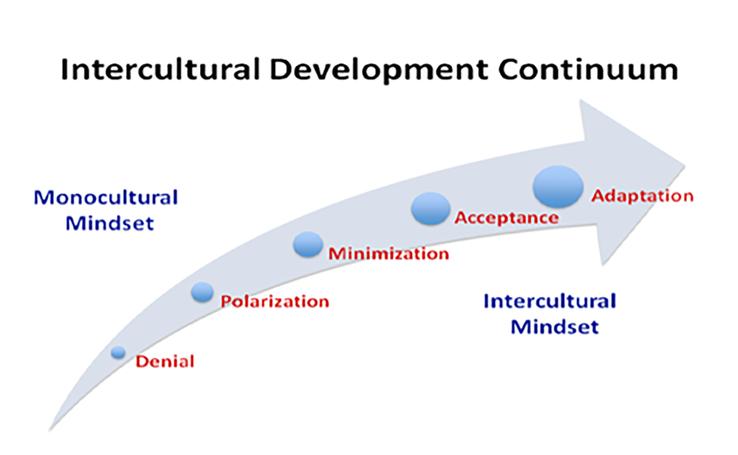
Understanding their own cultural competence puts educators in a better position to model and support intercultural competency for their students Each person taking the inventory receives a report, an in-person or virtual debrief with a trained facilitator, and a personalized plan to help them progress along the continuum The Intercultural Development Inventory is a service offered through Sullivan BOCES It is available for all educators in Sullivan County
CR-S encourages student engagement by acknowledging and building upon their cultural knowledge Each student’s cultural attributes are viewed as assets to the student and the classroom community This helps to foster a sense of belonging, a foundational key to student engagement and success Students who feel seen and heard are more likely to thrive academically and socially Through CR-S practices, educators can create learning environments where students develop the skills to interact and collaborate effectively with people from different backgrounds
For example, a CR-S teacher might integrate culturally relevant literature into the curriculum, sparking discussions about different customs and belief systems This allows students to see their cultures reflected in the classroom and fosters empathy and understanding for classmates from diverse backgrounds This approach empowers students to not only appreciate differences but also engage with peers to build bridges across cultures
CR-S might involve student-led projects that explore issues of cultural bias or historical injustices By grappling with these complex topics, students develop critical thinking skills and the ability to see the world from different viewpoints and work collaboratively toward a more equitable future
The New York State CR-S Framework provides a practical roadmap for achieving the goals of Diveristy, Equity and Inclusion in schools By fostering culturally responsive classrooms and empowering students from all backgrounds, CR-S helps create a truly inclusive learning environment where every student can reach their full potential

In an era dominated by digital innovation, schools have increasingly relied on technology to enhance learning experiences and operational efficiency However, with this technological advancement comes the pressing need for robust cybersecurity measures to protect sensitive information and ensure the safety of students and staff School leaders and cyber experts across New York State are focused on minimizing ransomware attacks and data breaches that can expose student information, financial records, and create disruptions in school operations.
Ed Law 2D, enacted in New York State in 2014, is a landmark legislation mandating specific cybersecurity protocols for schools Its primary objective is to safeguard student data privacy and enhance the overall cybersecurity posture of educational organizations As technology continues to evolve, so does the tactics employed by cyber adversaries Forcing educational institutions to implement robust cybersecurity measures to continually...
Protect against data breaches and unauthorized access
Ensure uninterrupted learning experiences. Uphold trust and confidence within the school community
Foster a secure digital environment conducive to innovation and growth.
Over the past two years, data prote and technology directors from Sull and all eight of our component dis regularly convened and collaborate cybersecurity experts to enhance o online security This dedicated grou diligently crafted and implemented practices of cybersecurity to secure networks, safeguard our data, and s our systems against potential cyber Some of the key measures the coun group has been working on include

Security Awareness Training:
Educating staff, students, and stakeholders about cybersecurity best practices, such as identifying phishing attempts, creating strong passwords, and recognizing social engineering tactics, helps to raise awareness and foster a culture of cybersecurity within the school community
Strong Authentication Mechanisms:
Schools utilize robust authentication methods such as multi-factor authentication (MFA) to enhance login security and prevent unauthorized access to sensitive systems and data
Data Encryption:
Encrypting sensitive data at rest “stored” and in transit helps to protect it from unauthorized access and interception.
Incident Response Plan:
Developing and implementing a comprehensive incident response plan enables schools to respond to and mitigate cybersecurity incidents effectively.
Third-Party Risk Management:
Schools assess and manage the cybersecurity risks associated with third-party vendors, service providers, and educational technology (EdTech) platforms that have access to or process

In light of the changing cybersecurity environment, Sullivan County schools are actively strengthening our online security measures. Spearheaded by our schools’ leadership teams, we are committed and will remain vigilant in assessing cyber threats and prioritizing initiatives to protect student and employee data. Our goal is to ensure uninterrupted learning experiences for all students in Sullivan County.
In the bustling world of Career & Technical Education (CTE), one program that has garnered attention for its unique approach of blending hands-on experience with academic enrichment is the CTE Animal Science Program
After the retirement of the previous instructors, the Career & Tech Center underwent a significant transformation of its Animal Science Program, moving it to the Rubin Pollack Education Center As part of the program's evolution, it worked with other CTE programs to redesign a portion of a classroom to accommodate guinea pigs, rabbits, dogs, and even Dillon the cat Additionally, a small animal paddock was constructed by our Natural Resources and Constructions students for sheep, goats, and future chickens
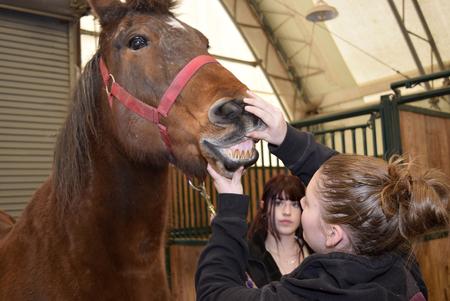
The first pillar of the program revolves around fundamental knowledge The students have delved into the intricacies of biology, anatomy, and physiology, laying the groundwork for a deep understanding of animal life while creating a solid foundation in the sciences

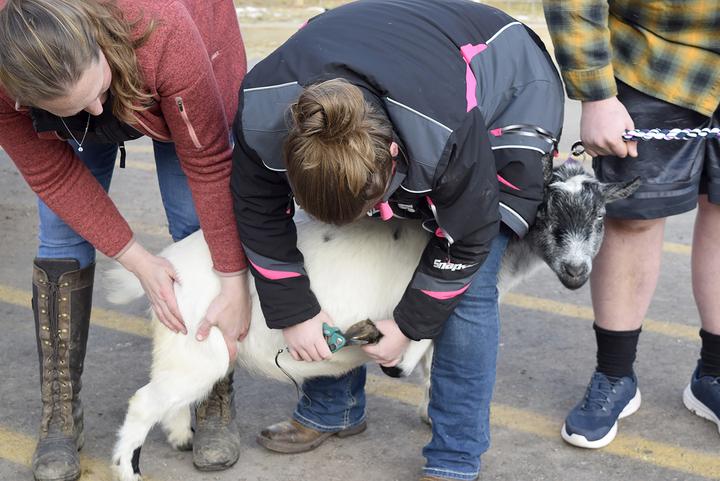

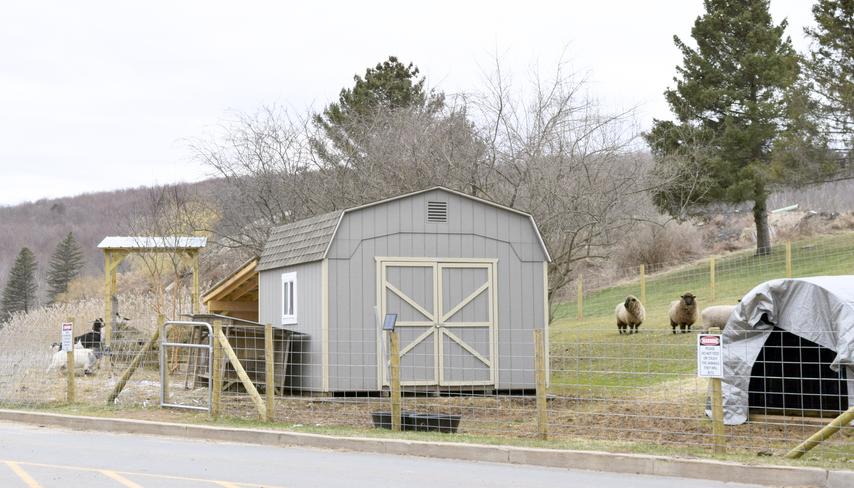
To expand educational opportunities involving larger animals, the program formed partnerships with the New Hope Community and the Center for Discovery. This collaboration now enables students to gain valuable experience working with various large animals such as horses and cows.
“As a new teacher, I am thrilled to witness the program ’ s expansion. The journey has been incredibly rewarding, and seeing the positive impact on our students is a testament to the program ’ s effectiveness. It’s inspiring to be part of an educational initiative that truly makes a difference in shaping bright futures,” said Nicole Tedesco, Animal Science Instructor at Sullivan BOCES.
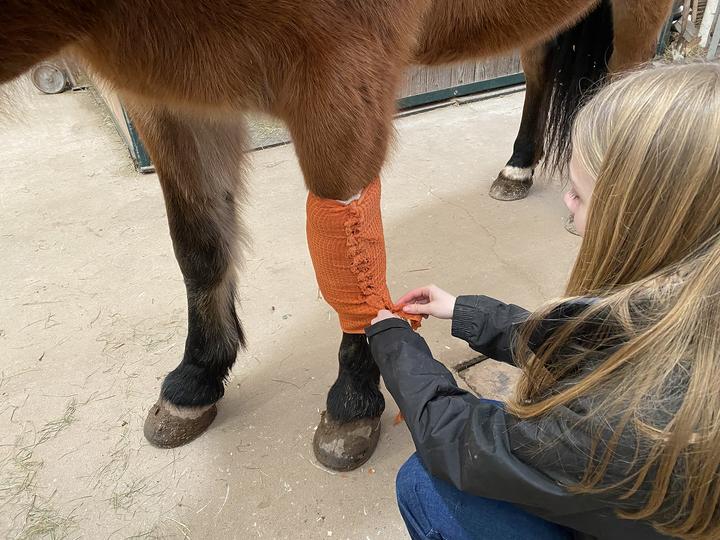

However, the real magic happens when students step into the practical side of the program. Handson experience is at the heart of the curriculum, with students actively engaging in animal care, husbandry, and management. From feeding and grooming to monitoring health and behavior, students gain invaluable skills that set them apart in the competitive world of animal sciences. The students have also experienced the entire life cycle from the birth of guinea pigs to feeding a baby lamb to the end of the life of an animal. This practical approach not only reinforces theoretical concepts but also fosters a strong sense of responsibility and empathy toward the animals.
The program also places a significant emphasis on the agricultural aspect of animal science Students explore topics such as animal breeding and the economic factors influencing the industry Through engaging projects and real-world scenarios, they develop problem-solving skills and critical thinking, preparing them for the challenges and opportunities that await in the dynamic field of animal science
One unique feature of the Animal Science program is its integration of industry professionals, which provides a bridge between the classroom and the professional world This approach ensures that graduates are well-versed in traditional animal science practices and equipped to navigate real-life scenarios of the evolving field
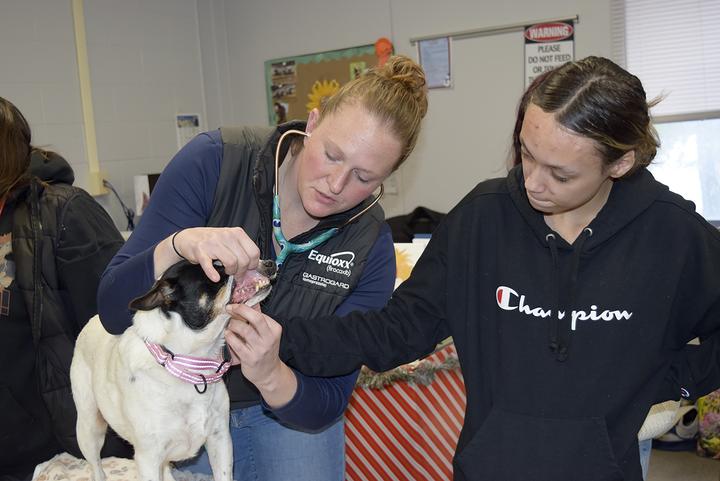
The benefits don’t stop there! Over the course of the year, students and staff from all BOCES programs have interacted with the Animal Science class and their new furry and feathery friends The animal science students are always happy to stop and let other students pet an animal if they are out being exercised The animals even participated in the Ugly Sweater Parade and will greet you when you enter through the CTE entrance of the building From the excitement of meeting the animals to the valuable lessons in responsibility, teamwork, and compassion, the animals have created a great learning environment and unforgettable adventure for everyone
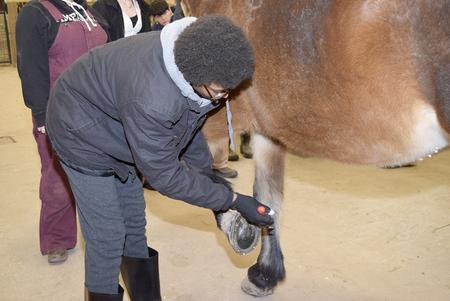
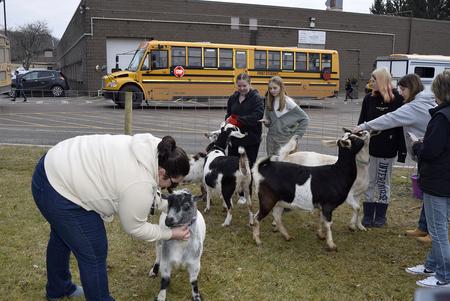
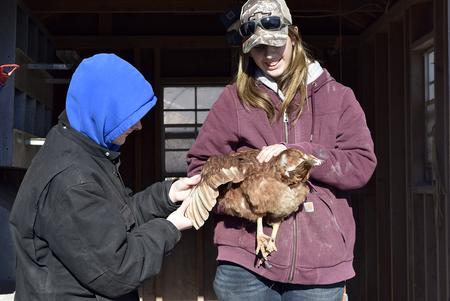
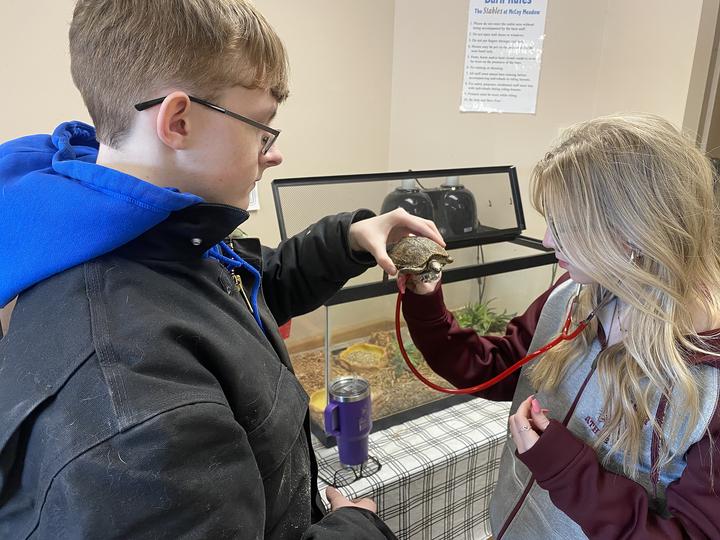
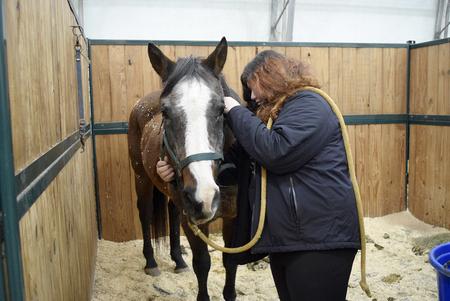
One of the students’ favorit aspects of the program is its continual evolution Students rotate through the three different sites and are continually exposed to new animals and the nuances of the other breeds
According to one of the students, “The animal science program helps us understand how different species live, what they eat, and how we can take care of them Taking care of animals also teaches us responsibility, teamwork, and compassion We learn about feeding schedules, cleaning habitats, and ensuring the animals are happy and healthy This hands-on experience helps us develop important life skills that will stay with us forever ”
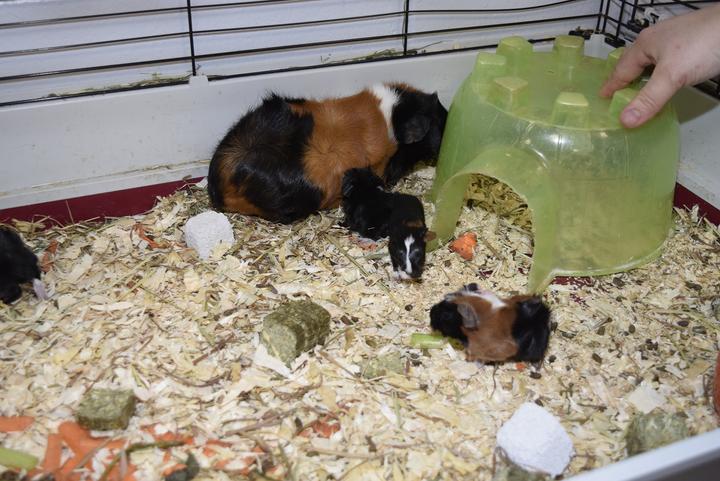

The Career & Tech Animal Science Program offers students a rich and dynamic curriculum that goes beyond textbooks and classrooms The program equips students with a well-rounded skill set by combining theoretical knowledge with hands-on experience, agricultural insights, and technological proficiency Graduates emerge not only as adept animal science individuals but also as adaptable, forward-thinking individuals poised to make a significant impact in the everevolving field of agriculture.
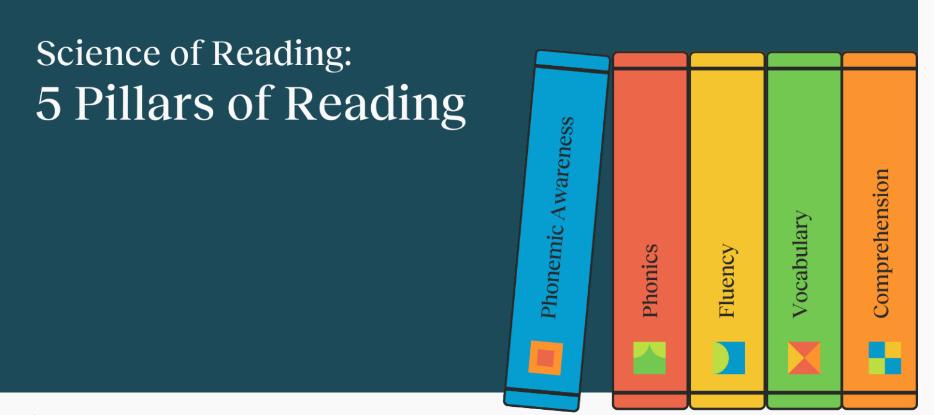
The landscape of literacy instruction in New York is undergoing a significant shift with the Science of Reading taking center stage This researchbased approach, backed by over 50 years of interdisciplinary studies, is transforming the way educators teach children to read and write To support this movement, the New York State Education Department (NYSED) recently released a series of "Literacy Briefs" outlining the core principles of the Science of Reading and offering practical guidance for educators across Pre-K through 12th grade classrooms
On January 10, 2024, Sullivan BOCES hosted a full day introduction to the briefs led by Dr Nonie K Lesaux, Professor of Education and Human Development at the Harvard Graduate School of Education and Katie C Carr, M Ed who produced the briefs in conjunction with partners in the New York State Department of Education (NYSED) All 37 BOCES across the state participated in the professional learning day In addition, Sullivan BOCES sponsored over 150 educators from across Sullivan County to participate in coursework at SUNY New Paltz to earn a micorcredential in the Science of Reading
The Science of Reading emphasizes explicit instruction in foundational skills that are crucial for successful reading development These skills include phonemic awareness, phonics, fluency, vocabulary, and comprehension. Phonemic awareness helps children understand the individual sounds that make up words, while phonics teaches the connection between those sounds and the written letters Fluency practice builds reading speed and accuracy, allowing students to decode words effortlessly Strong vocabulary and comprehension skills are then essential for unlocking the meaning of text and fostering a love for reading
The NYSED Literacy Briefs are not a rigid curriculum, but rather a framework designed to empower educators They delve into the importance of these core skills and recommend effective teaching strategies that are grounded in scientific research A key takeaway from the briefs is the universality of the Science of Reading approach It emphasizes that all students, regardless of background or learning styles, benefit from this structured and explicit instruction This includes students who are at risk for reading difficulties, multilingual learners, and students with disabilities By incorporating the Science of Reading principles, educators can create inclusive and effective learning environments that ensure every student acquires the strong literacy foundation they need to thrive
The benefits of strong literacy skills extend far beyond just reading They are the cornerstone for lifelong learning and open doors to academic success across all subjects By embracing the Science of Reading, New York schools are taking a proactive step towards ensuring all students develop the essential literacy skills they need to reach their full potential For educators and parents who want to learn more, the NYSED website (https://www nysed gov/curriculuminstruction/literacy-briefs) offers a wealth of resources, including the Literacy Briefs and additional information on the Science of Reading
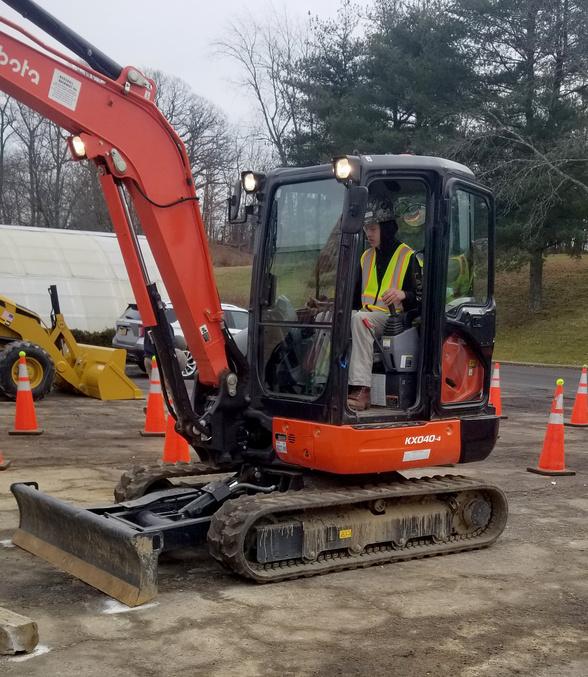
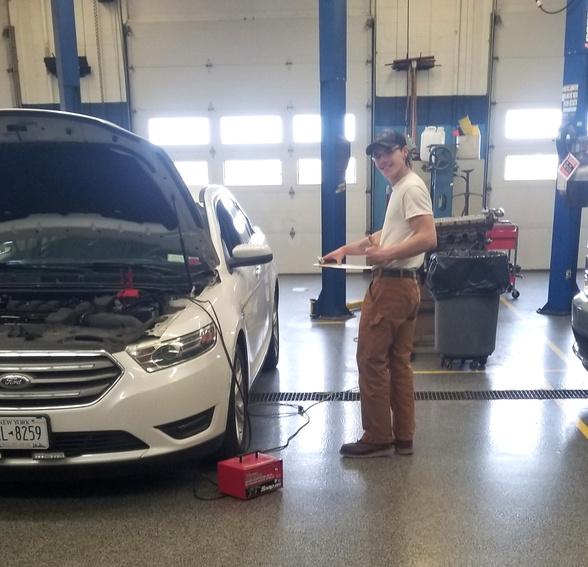

Fourteen talented Career and Technical Education (CTE) students from Sullivan BOCES recently showcased their skills at the Regional SkillsUSA competition hosted at Orange-Ulster BOCES Among the impressive participants, three Sullivan BOCES students stood out with remarkable achievements
Jack Krum, a Natural Resources student from Liberty CSD, clinched First in Heavy Equipment
Nicholas Foley, an Auto Tech student from Tri-Valley CSD, earned Second in Automotive Service Technology
Chase McFarland, a Public Safety student from Monticello CSD, secured Second in Criminal Justice
We are so proud of everyone who competed!
Emma Curry, Liberty CSD - Culinary Arts Program
Cahl Darling, Livingston Manor CSD - Basic Welding Program
Cathy Delgado- Flores, Liberty CSD – Cosmetology Program
Bradley DuBois, Sullivan West CSD - Culinary Arts Program
Nicholas Foley, Tri-Valley CSD - Auto Tech Program
Jesse Hahl, Sullivan West CSD - Natural Resources Program
Sophia Jastrzebski, Liberty CSD – Health Occupations II Program
Jack Krum, Liberty CSD - Natural Resources Program
Chase McFarland, Monticello CSD - Public Safety Program
Joseph Metz, Liberty CSD - Auto Tech Program
Gavin Rickle, Eldred CSD - Basic Welding Program
Zachary Schwartz, Roscoe CSD - Basic Welding Program
Ethan Whitted, Tri-Valley CSD - Auto Tech Program
Jacob Wright, Ellenville CSD - Natural Resources Program
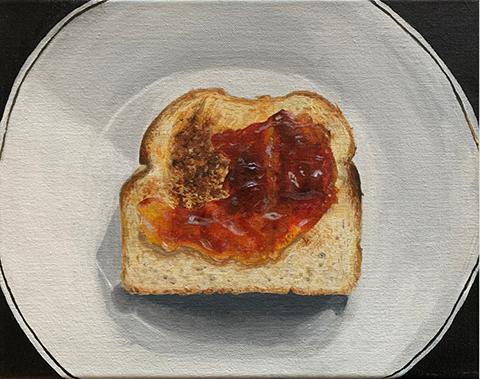
On February 2, Sullivan BOCES and the Hudson Valley Scholastic Art Affiliates orchestrated and presented the esteemed Regional 2024 Scholastic Art Awards Program, encompassing Dutchess, Orange, Sullivan, and Ulster Counties. The ceremony unfolded at SUNY New Paltz, providing a fitting backdrop for the celebration of the students’ artistic talent and achievement.
The Hudson Valley Regional Affiliate, a consortium of organizations including Dutchess BOCES, the Enlarged City School Districts of Middletown, the Orange County Arts Council, and Orange-Ulster BOCES, had over 500 incredible middle and high school artists participate in this year ’ s program. A staggering 2,640 works of art were meticulously adjudicated, resulting in 209 Gold Key winners, 276 Silver Key winners, 516 Honorable Mentions, and five prestigious American Vision awards bestowed upon students in recognition of their extraordinary artistic achievements.
Susan Zieres Teeple, the Arts In Education Coordinator at Sullivan BOCES, emphasized, “This event not only showcases the incredible talent within our schools but also encourages the pursuit of artistic excellence among our students.”
Devyn Callahan, Tri-Valley CSD
"Jelly Spread Toast" Painting
American Vision
For the second time in the competition’s history, a student from Sullivan County was awarded an American Vision nomination. Devyn Callahan, an eleventh-grade student from the Tri-Valley CSD, received this prestigious award for her painting “Jelly Spread Toast.” Each year, only five pieces are selected for the American Vision Award. To be considered for this recognition, the nominee has to exemplify the emergence of an original, personal point of view or style in their work of art. “Coming from Sullivan County, I am exceptionally pleased that Devyn Callahan’s painting won the American Vision Award for our County,” said Zieres Teeple.
Gold Key awardees in architecture, ceramics, design, painting, illustration, fashion, photography, digital art, mixed media, printmaking, sculpture, or film categories have the chance to receive additional acclaim as their work undergoes national adjudication by a panel of esteemed creative professionals. National Gold Medalists will be announced in March and honored during a special awards ceremony in June.
“On behalf of the Hudson Valley Regional Scholastic Affiliate, we are proud of the artistic accomplishments of our students. We wish our gold winners luck as their work moves through the National adjudication,” concluded Zieres Teeple.
Sullivan County proudly celebrated nine Gold Key and two Silver Key winners:
Liberty CSD
Endya Alvarez - 1 Gold Key Award
Kaitlyn Bodolosky - 2 Gold Key Awards
Giovanni Flores Leon - 1 Silver Key Award
Joaquin Isler - 1 Gold Key Award
Leonel Malaga Ventura - 1 Gold & 3 Silver Key Awards
Maria Quintanilla - 1 Gold Key Award
Allison Vasko - 1 Gold Key Award
Rachel Yaun - 1 Gold Key Award
Tri-Valley CSD
Devyn Callahan - American Vision & 1 Gold Key Award
Samantha Mentnech - 1 Gold Key Award
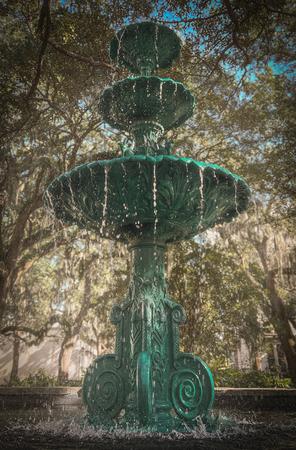

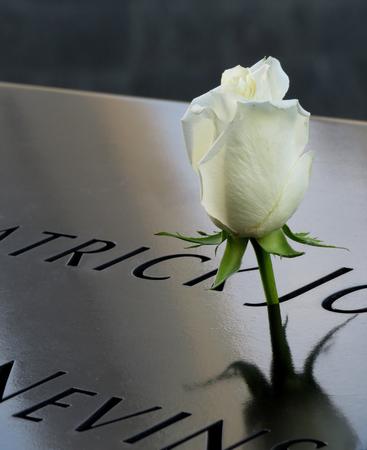
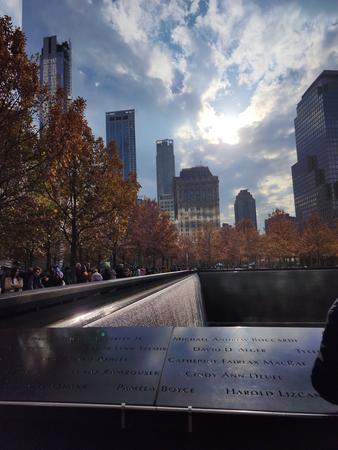



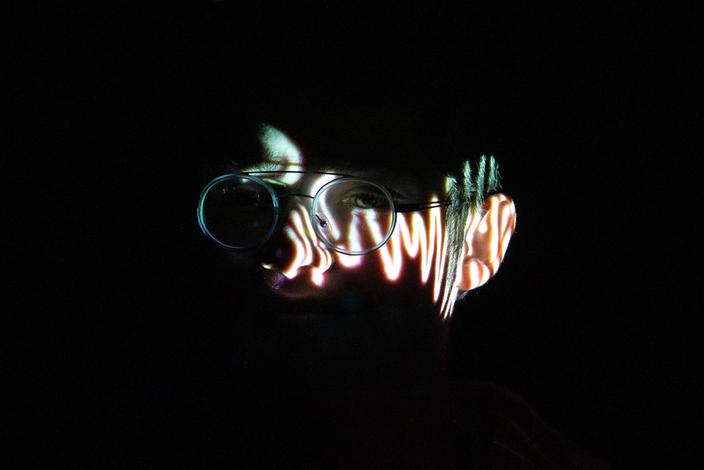 Leonel Malaga Ventura, Liberty CSD "City Lines" Gold Key
Kaitlyn Bodolosky , Liberty CSD "Splash Into Fantasy" Gold Key
Leonel Malaga Ventura, Liberty CSD "City Lines" Gold Key
Kaitlyn Bodolosky , Liberty CSD "Splash Into Fantasy" Gold Key
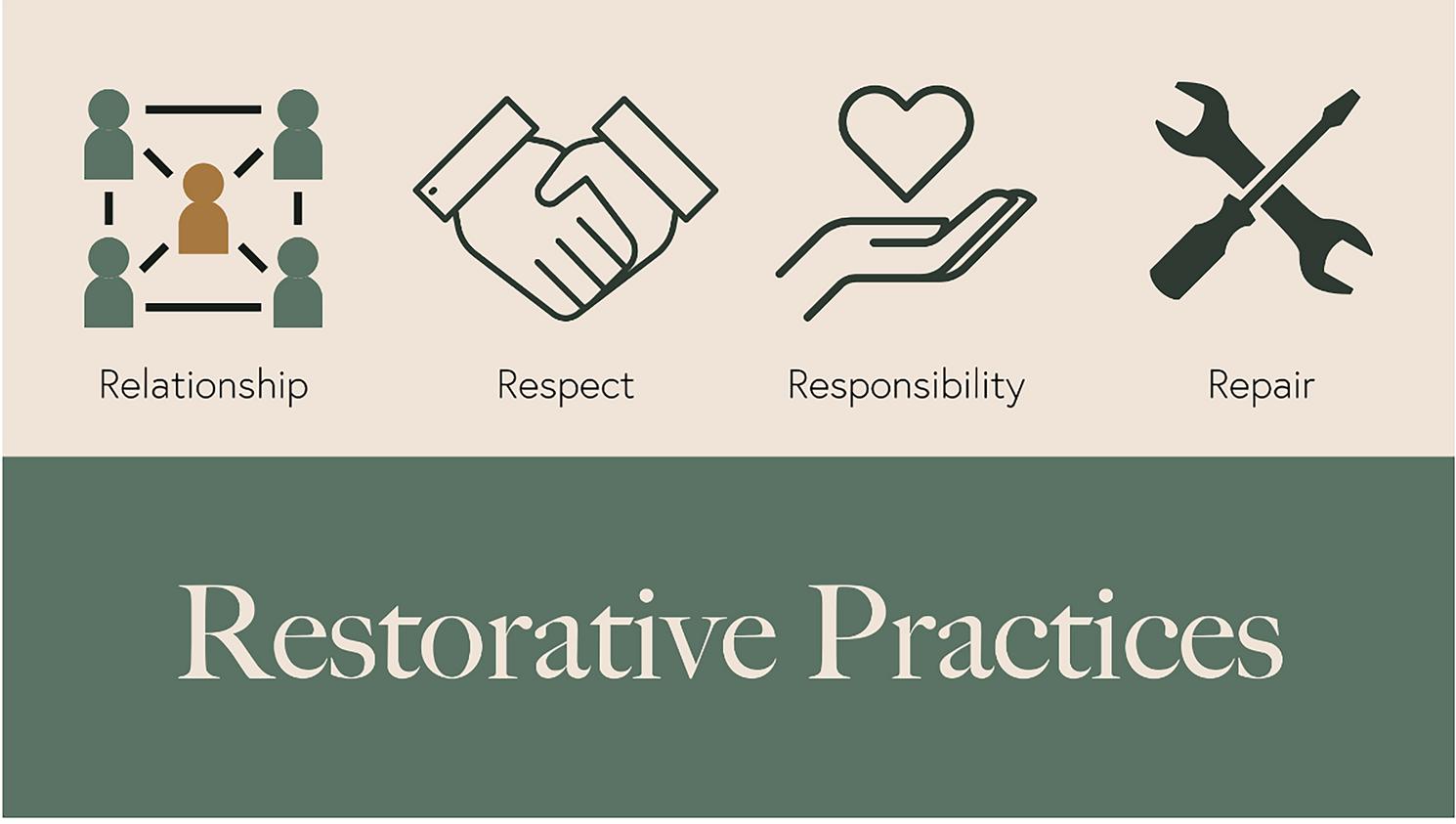
Imagine a school where responding to misbehavior isn't just about doling out punishments, but about repairing harm and building a strong sense of community
This shift in philosophy is exactly what restorative practices offer, and it's transforming school environments across the country Restorative practices move away from a solely punitive approach and prioritize repairing the harm caused by conflict or wrongdoing This comprehensive framework emphasizes building relationships, fostering a sense of belonging, and promoting shared responsibility
At the core of restorative practices lies open communication and a focus on understanding impact When conflicts inevitably arise, restorative practices guide those involved toward
understanding the consequences of their actions on others This fosters empathy and allows individuals to take ownership of their choices Following this understanding comes the opportunity to make amends Restorative practices create a space for dialogue and agreements, allowing those involved to repair the harm caused by the conflict
“Challenging behavior occurs when the demands and expectations being placed upon a child outstrip the skills he has to respond adaptively.”Ross W. Greene
Research shows that this approach to discipline yields significant benefits for both students and schools. Restorative practices have been linked to a reduction in disciplinary incidents, by addressing the root causes of conflict and promoting positive behavior. Additionally, they foster a more positive and supportive learning environment, which can lead to improved academic achievement. Students also experience a greater sense of engagement when they feel empowered to take ownership of their learning and contribute to the school community.
Perhaps most importantly, restorative practices equip students with valuable social-emotional skills. Through participation in restorative circles and conferences, students develop empathy, communication, and conflict resolution skills that benefit them both inside and outside of school.
Usadatatotrack
Focusonthe smallthings
Buildthe capacityto listen, understand, and communicate
Empowerstudentsto recognizeandmanage theiremotions
Implementing restorative practices requires a long-term commitment from the entire school community. Schools can embark on this journey by providing educators with the skills and knowledge necessary to effectively utilize these practices. Building a positive school culture that prioritizes respect, trust, and collaboration is also crucial for success. Finally, starting small with practices like circle conversations in classrooms or school-wide can help establish a foundation for restorative practices to flourish. By focusing on repairing harm and building relationships, restorative practices offer a powerful alternative to traditional discipline, fostering a more positive school environment that ultimately creates a culture of learning and growth for all.
Createacultureof
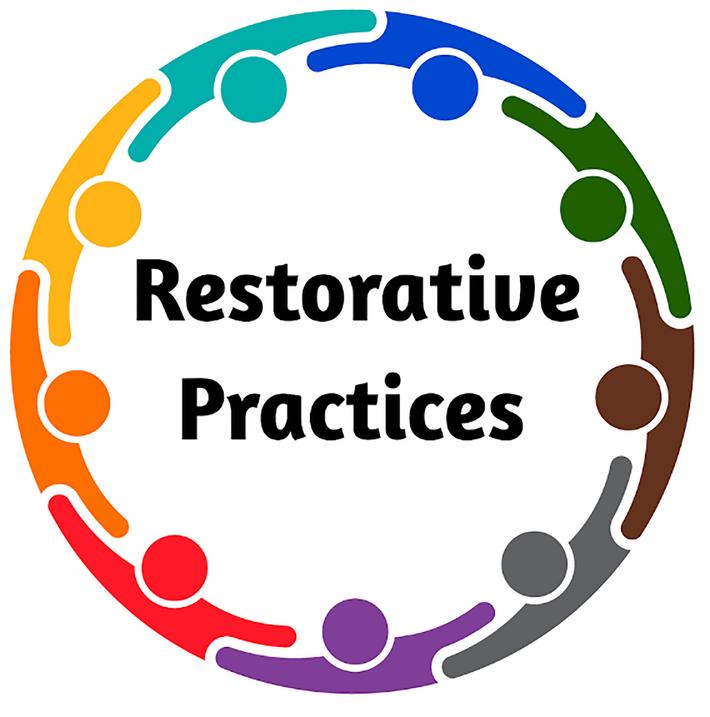
Createclear andconsistent expectations
Putstudentsbackin

